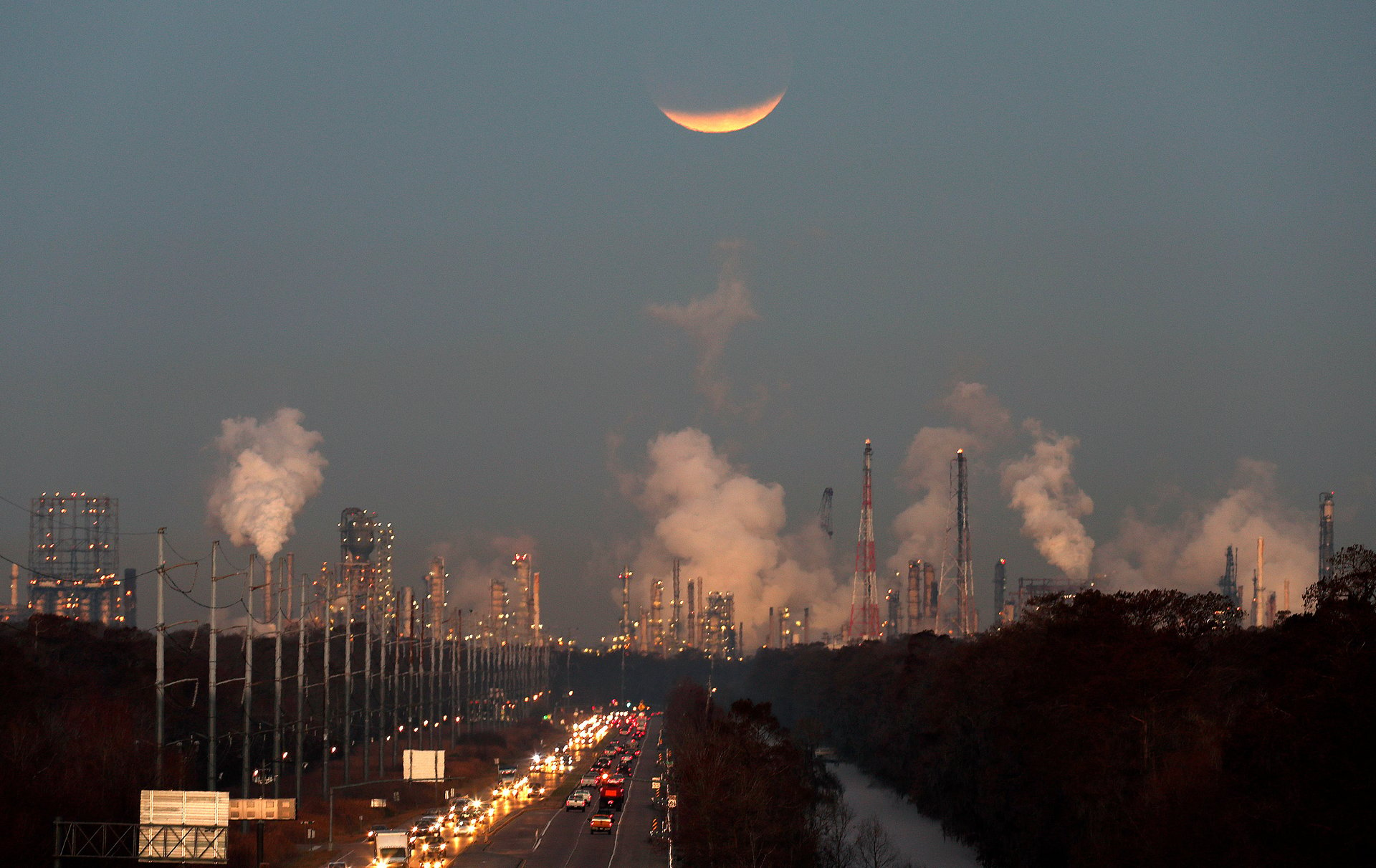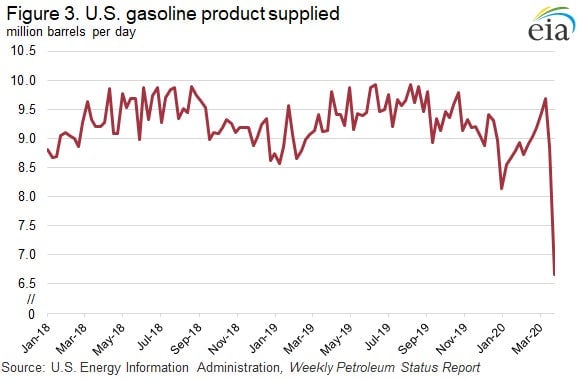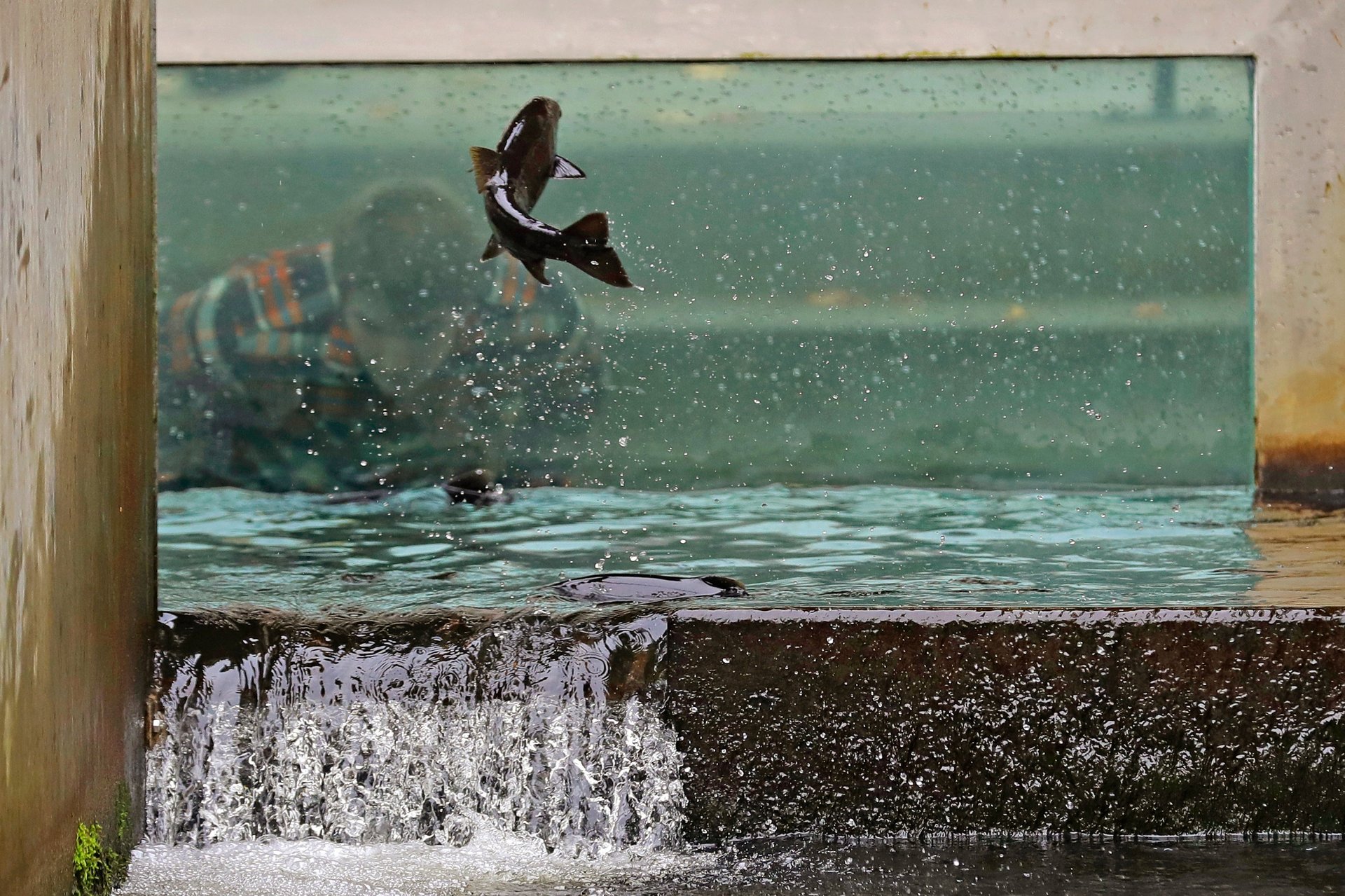The Race to Zero Emissions: COP26, carbon capture, and more Covid-19
It’s too early to say how the global emissions picture will change after the coronavirus—whatever “after” can really mean. What’s certain is we’re seeing radical change right now, from the rise of bicycles in major cities to unprecedented declines in fossil fuel consumption to massive disruption of renewable energy supply chains.

It’s too early to say how the global emissions picture will change after the coronavirus—whatever “after” can really mean. What’s certain is we’re seeing radical change right now, from the rise of bicycles in major cities to unprecedented declines in fossil fuel consumption to massive disruption of renewable energy supply chains.
It’s anyone’s guess how power will shift between the fossil fuel industry and those building a low-carbon future. But expectations we’ll see a “V-shaped” return to the status quo are looking less likely. Here’s what happened over the past week that helped or harmed the world’s chances of cutting greenhouse-gas emissions to zero.

Decreases emissions
1️⃣ Coronavirus is accelerating the decline of coal power in the US. Moody’s Investors Services warned bankruptcies will hit the coal industry as capital markets dry up and falling demand puts enormous pressure on shaky balance sheets.
2️⃣ The pandemic isn’t doing shale oil any favors, either. The collapse of the US fracking industry is chronicled in seven charts by my Quartz colleague Tim McDonnell.
3️⃣ A new tidal turbine will be fully operational off the coast of Scotland by early next year. The owner of Orbital Marine Power says it will be the world’s most powerful, capable of powering more than 3,000 homes.
4️⃣ US gasoline production fell by 2.2 million barrels per day during the week ending March 27, the largest such decline since records began in 1991.

5️⃣ Emissions under Europe’s carbon market fell by about 9% in 2019. The biggest drop came from the displacement of coal by gas, wind, and solar—but air travel emissions rose.
Danger: high-carbon product

Should we label gasoline like we do cigarettes? Showing the graphic consequences of our actions may deter people from emitting more carbon, write researchers in the British Medical Journal. They’re advocating health warning labels for high-carbon products that draw “attention to the true cost of fossil fuels…and sensitize people to the consequences of their actions.” Sweden already plans to do this in May by showing the ‘climate impact’ of refilling at the pump (see image below). But not all labels are equal. Studies have suggested labels with just text have little to no effect. Visual, emotional appeals are far more likely to change behavior.
Net-zero (for now)
1️⃣ COP26, the United National Climate Change Conference planned to be held in Glasgow, Scotland, is postponed. No date is set yet for the next round of international climate negotiations, where all nations were supposed to announce new (more ambitious?) emission targets.
2️⃣ Energy firms are finally using that US tax credit for carbon capture and storage. A natural gas plant project announced plans to capture 90% of its CO2 emissions for oil recovery and permanently store them underground.
3️⃣ House Speaker Nancy Pelosi wants the next US coronavirus stimulus bill to rescue the renewable energy industry. Democrats want to ensure future that spending bills extend tax credits and fund grid and infrastructure projects threatened by the economic slowdown.
4️⃣ Microsoft founder Bill Gates invested in a new hydropower technology with fish-friendly blades, higher output, and 20% lower operating costs. Natel Energy plans to scale up its 35 kW pilot plant in the US state of Maine.
5️⃣ Indonesia and the Philippines have revived stalled nuclear energy plans. Lawmakers are passing laws to encourage the construction of new reactors amid rising electricity demand. Vietnam and Malaysia may do the same.
Forget bailouts. Own the industries
That’s the message from the Breakthrough Institute’s Ted Nordhaus and Alex Trembath, who argue that the biggest opportunities for climate advocates is figuring out what they to build, not what to block. Early drafts of the $2 trillion relief bill Congress just passed included bailouts conditioned on emission reductions. None made the final cut. As Congress turns its attention to stimulus bills, the authors recommend a focus on clean energy infrastructure spending and opportunities for public equity in key industries (Trump has even signaled he’d support such a move). If the coronavirus economic rescue is anything like the one that followed the 2008 financial crisis, public ownership of corporate shares will give government enormous leverage to transform polluting industries.

🔼 Increases emissions
1️⃣ The Trump Administration announced it will discard Obama-era fuel economy rules, adopting a 40 miles-per-gallon standard by 2025 instead of 54 MPG. Legal challenges mean the rule’s fate may rest with the outcome of the 2020 presidential election.
2️⃣ Australian scofflaws are emitting without consequences. One in five of the country’s polluters were allowed to emit 729,000 tonnes above stated limits, according to the Australian Conservation Foundation.
3️⃣ Germany’s wind turbines generate huge amounts of clean electricity, but grid infrastructure to send it where it’s needed most is missing, reports Greentech Media. That’s causing headaches, and negative prices, for grid operators.
4️⃣ The coronavirus is expected to knock off at least 2 GW of new US solar capacity this year amid supply chain and domestic production disruption.
5️⃣ Bark beetles have decimated at least 5% of America’s western forests, and global warming is set to make it worse. “Temperature will allow populations to synchronize within a stand, emerge, and move to the next tree to attack it more successfully,” says Jeff Hicke of the University of Idaho.
Stats to remember
As of Apr. 5, the concentration of carbon dioxide in the atmosphere was 416.03 ppm. A year ago, the level was 412.15 ppm.
For Quartz members
Gen Z is the first generation to bypass traditional cultural gatekeepers, defining their own tastes, trends, and values. Our latest field guide explores the implications for the way this generation shops and spends, even as the coronavirus pandemic shifts the stakes.
Have a great week ahead. Please send feedback and tips to [email protected].